Act Now - Limited Time Offer
$67 Pest Control

Jakob Beltran
Pest Control Technician
Jason Hansen
Pest Control Technician
Mackenzie Keene
Office Manager
Blow flies, larger than typical house flies, are known for their metallic colors like green, blue, or black. These flies produce a loud buzzing noise and lay eggs on exposed meat, with larvae developing into adult flies in 7 to 15 days. They are often found near garbage, pet waste, and decaying food, posing a significant nuisance for homes and businesses.
The Oriental latrine fly, a blow fly species, has been an issue in Southern California since 1989. These flies gather near trash bins and shady areas, particularly during summer. Larvae near homes can move indoors to complete their development, creating a disturbance when they emerge. Proper waste management and cleanliness are essential to preventing blow fly infestations.
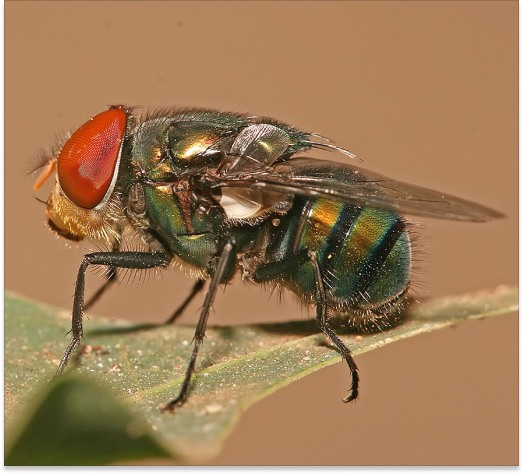
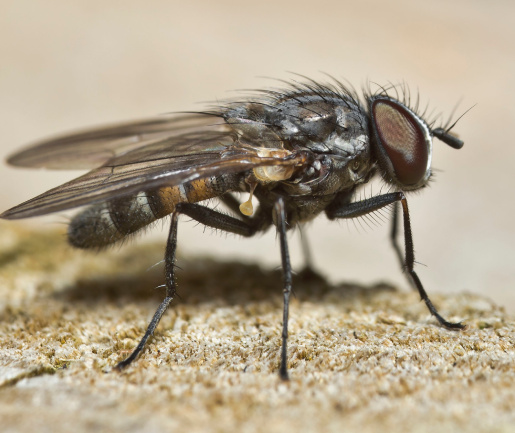
The little house fly (Fannia canicularis) has a unique flight behavior, often flying in open spaces without landing on food, making it less likely to contaminate food compared to other house flies.
They lay their eggs in rotting plant material, compost, or animal waste from pets like poultry or rabbits. Their life cycle takes about 24 days from egg to adult. Though they can be a nuisance, their preference for decaying organic matter reduces their threat inside homes.
Muscina stabulans, or the false stable fly, is a bit larger and sturdier than the common house fly, with a dark gray body. While it doesn’t bite like its cousin, the true stable fly, it may still enter homes to lay eggs on spoiled food.
The larvae of this fly are typically found in decaying plant matter and animal excrement. The false stable fly’s life cycle spans around 14 days. Though it doesn’t pose a threat through biting, its presence indoors can be bothersome, especially when eggs are laid. Recognizing its habits helps in managing infestations effectively.
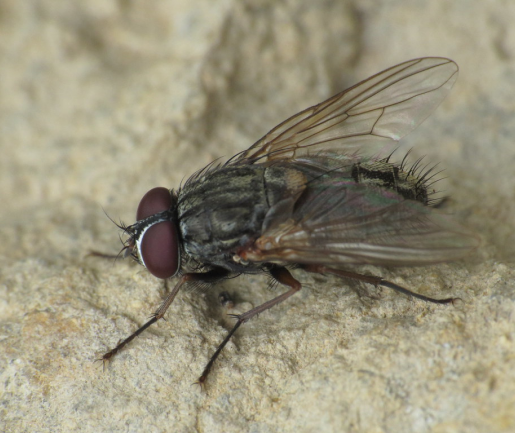
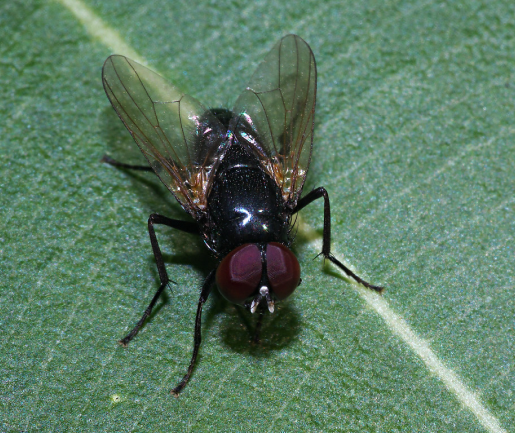
Black garbage flies are small, shiny black insects about 1/5″ in length. These slender pests thrive in garbage waste, particularly in rural areas where trash collection is inconsistent. They aren’t often a concern in urban homes, but poor waste management can lead to an increase in their population.
With a life cycle lasting around ten days, they develop rapidly. Proper waste disposal is essential to controlling their presence.
Though stable flies look like house flies, they have a slender, pointed beak that allows them to bite. Typically, they feed on livestock such as horses and cattle, but during rainy periods, they may enter homes and bite humans.
More than a simple annoyance, stable flies can be problematic for pets and livestock. They thrive in areas with moist, decaying organic materials, manure, and urine-soaked straw. Effective waste management and regular cleaning of these areas are crucial to reducing their population.
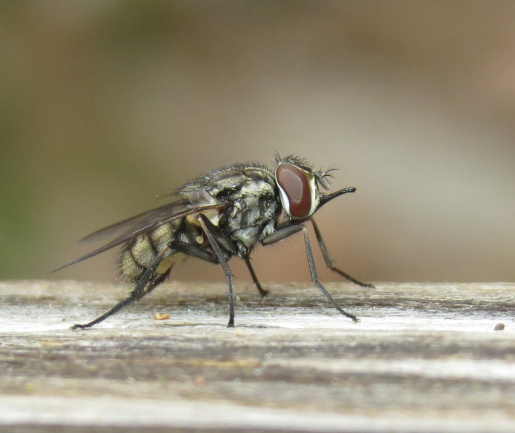
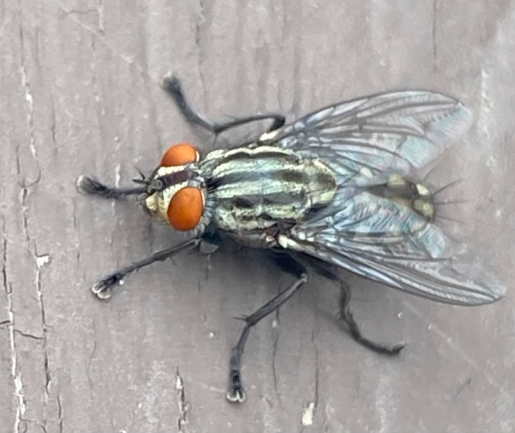
Flesh flies (Sarcophaga species) are larger than house flies and are known for their checkered abdomens. Their bodies are gray with black stripes along the thorax. Unlike other flies, flesh flies give birth to live maggots instead of laying eggs. These maggots are often found in rotting meat, dead animals, and excrement such as dog waste. Flesh flies are commonly seen near carcasses and decaying snails.
Flesh flies can complete their life cycle in just eight days. They are typically found near decaying organic material. Spotting slow-moving flies with a checkerboard abdomen could indicate a flesh fly infestation.
At San Diego Pest Control, we initiate fly control with a thorough inspection of your property. We search for fly breeding sites like trash areas, standing water, and decomposing organic material. Our experts also identify different species, such as blow flies, drain flies, and stable flies.
We further inspect plumbing systems for leaks or blockages that could contribute to the infestation. Using specialized tools, we locate larvae and adult flies in hard-to-reach areas. This helps us develop a tailored treatment plan to address your fly problem effectively.

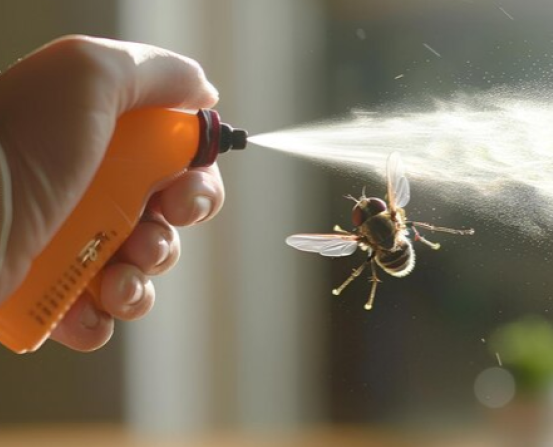
To help us address the fly problem more accurately, please ensure that both indoor and outdoor spaces are cleaned before the technician arrives. Our experts will inspect the property to determine the extent of the infestation and check for underlying causes, such as plumbing issues.
For drain flies, we apply targeted treatments that eliminate larvae and adult flies from within the drains. We will also treat the areas around food preparation, avoiding direct application on food surfaces. Traps are then placed in locations where flies are most active.
San Diego Pest Control offers a monthly service that focuses on eliminating flies before they become an issue. We inspect high-risk areas such as drains and garbage zones, treating them as needed.
We use safe, eco-conscious treatments that target species like drain flies and stable flies. With our regular monthly visits, your property stays free of flies year-round.
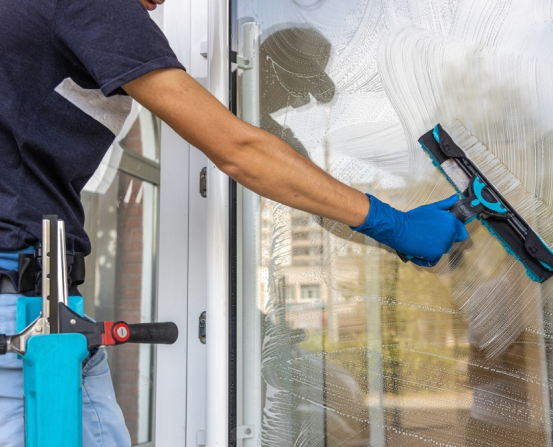
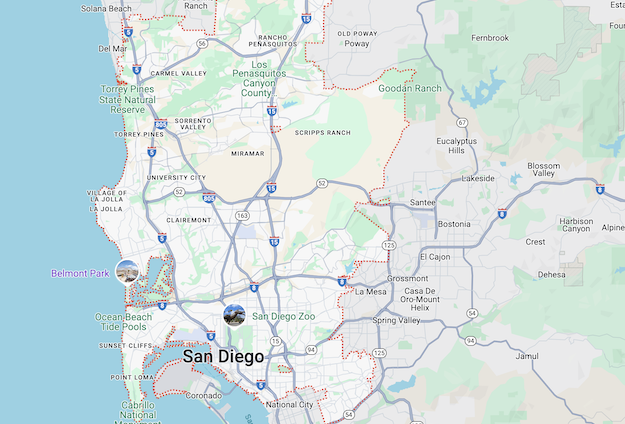
Serving San Diego and its neighboring areas, we’re dedicated to keeping your spaces free from pests. Our team is passionate about these communities and strives to provide top-notch service and lasting results.
Limited time offer! Get $50 off your first pest control service.

Barrier Services
San Diego Office
© San Diego Pest Control 2024